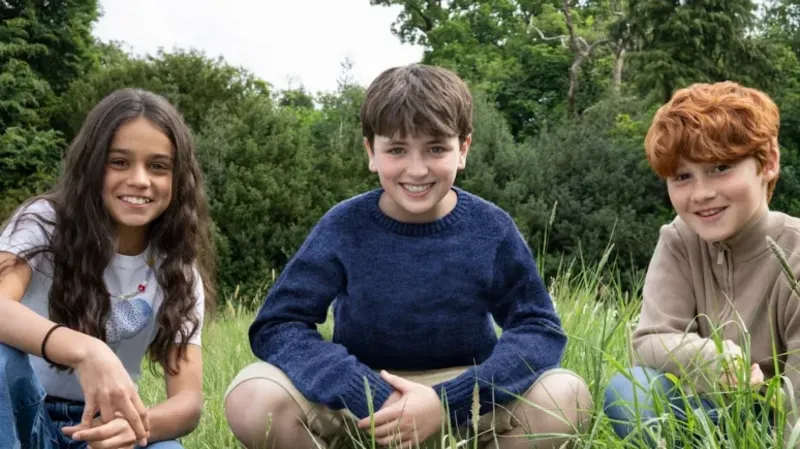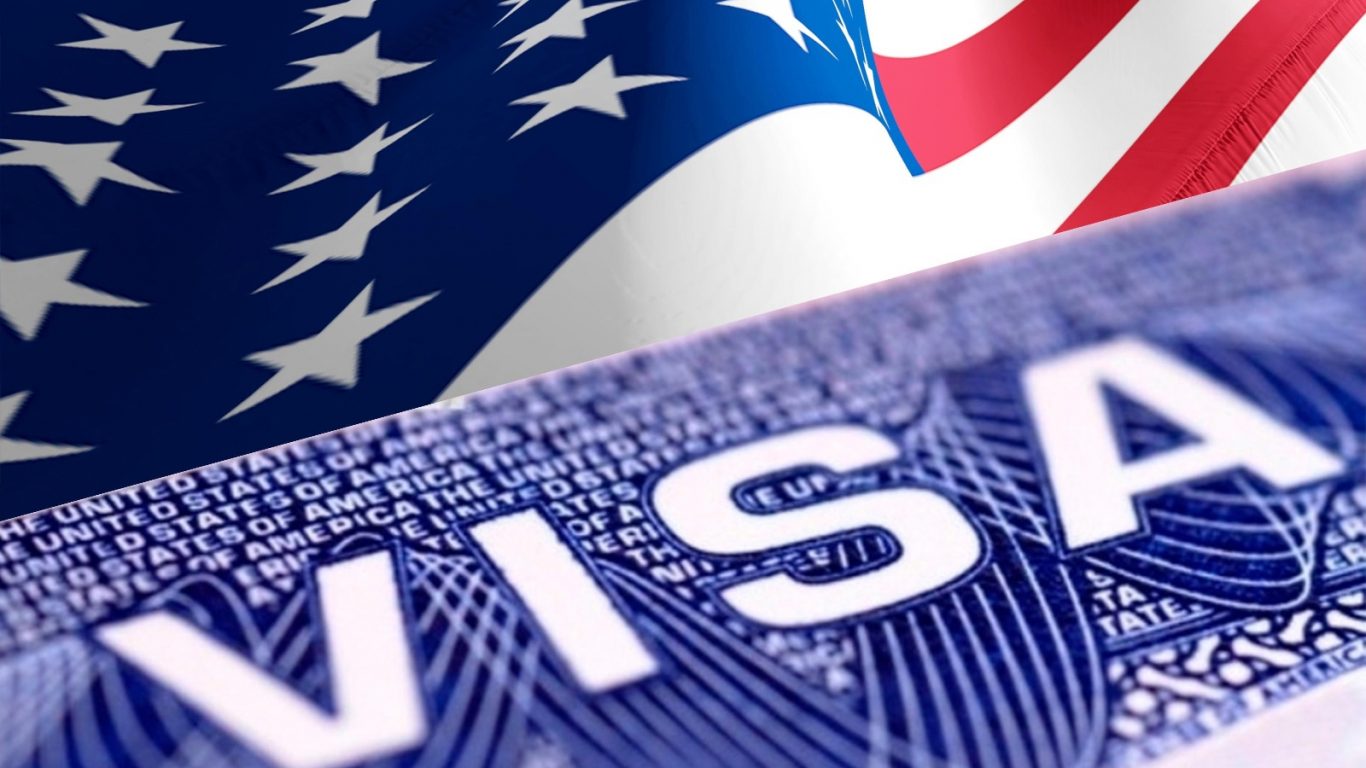How a modest 1990s hit came to define Christmas

When it was first released in 1994, it made a mere ripple – but 30 years on, it is a track that reigns supreme over the holiday season. What is the secret of its success?
There are now three things that are certain in life: taxes, death and that every December Mariah Carey's All I Want for Christmas is You will be inescapable. Whether you're in a shopping mall or at an office party, whether you're listening to the radio or a holiday streaming playlist, you know the festive season has begun when you hear the first notes of Carey's classic song. Released 30 years ago, All I Want for Christmas is You has jingled its way into the pantheon of yuletide standards alongside Blue Christmas, Rockin' Around the Christmas Tree, and It's the Most Wonderful Time of the Year.
The track was a relatively modest hit when it first came out in 1994, hitting number 12 on Billboard's all-genre Radio Songs tally in the United States and number two in the United Kingdom (blocked by East 17's Stay Another Day) and Japan. That should have been the end of the story. But All I Want for Christmas is You kept coming back stronger and more popular each holiday season. The song has now topped the charts in over 25 countries including the US and the UK, and was officially crowned the greatest holiday song of all time based on commercial performance by Billboard in 2023. The success and cultural staying power of All I Want for Christmas is You is staggering. Which raises the question: Why (and how) did Carey's beloved song become as synonymous with Christmas as Santa Claus himself?
"In the most basic sense, it's such a fun song," says Dr Brittnay L Proctor, professor of media studies and popular culture at The New School, New York. "If you think about the canon of Christmas music, a lot of those songs are not much fun." For Dr Proctor, All I Want for Christmas is You "took the idea of the Christmas standard and flipped it on its head" by "effortlessly bringing together elements of gospel, R&B and pop" in a "heartfelt, jovial way that tapped into this idea of the Christmas spirit". Or as music writer Kate Solomon tells the BBC, it's a "perfect pop song that just so happens to be a Christmas one".
How it gets the Christmas sound exactly right
Obviously, it's no mean feat to create a modern Christmas classic. Such artists as Taylor Swift, Justin Bieber and The Killers (to name a few) have tried, but all their original songs have failed to stick. For Nate Sloan, musicologist and co-host of the podcast Switched On Pop, what makes successful Christmas songs hard to write is that "it's the only time there's an exception to the rule that pop artists should innovate and create new sounds". Sloan points out that even when such contemporary artists as Dua Lipa or Bruno Mars reference old sounds like disco or new jack swing in their music, it "has to sound new and fresh… [whereas] when December rolls around there's this completely contrary impulse [from audiences], which is to go back in time to the 1940s and '50s with Bing Crosby and Brenda Lee."
Too many contemporary attempts at original Christmas songs fail when they try to have it both ways, harking back to old school sounds but adding a modern twist – see, for example, Ariana Grande's Santa Tell Me. All I Want for Christmas is You, on the other hand, successfully dances between musical eras and genres. Carey said that her goal with the song was to do something timeless, so it didn't feel like the 1990s. This is why she double-tracked her voice in a way that is modeled on the now disgraced Phil Spector's "Wall of Sound" production, particularly his work with Ronnie Spector from the Ronettes and their version of Sleigh Ride. As pop culture critic Aisha Harris tells the BBC, the song "feels both modern and nostalgic" thanks to the "instrumentation, the jingling bells and the harmonies that are clearly an homage to Darlene Love's Christmas (Baby Please Come Home) [produced by Spector]". The song sounded like an age-old classic when it first came out, and, since it's only wheeled out once a year, it always sounds fresh.
Another part of what makes All I Want for Christmas is You feel like it's from another era of music is the chordal progression. "Most hit pop songs today, like A Bar Song by Shaboozey, are four-chord songs," says Sloan. "But holiday songs like The Christmas Song (Chestnuts Roasting on an Open Fire) have all these complex chromatic chords that are constantly changing." He estimates that All I Want for Christmas is You has thirteen chords, thus making you feel that you're "experiencing this different harmonic landscape".
 Young actor Olivia Olson performing the song at the climax of Love Actually give the song an indelible screen moment (Credit: Alamy)
Young actor Olivia Olson performing the song at the climax of Love Actually give the song an indelible screen moment (Credit: Alamy)Beyond the quality of the song itself, there are other important factors that have helped All I Want for Christmas is You to become the all-conquering holiday classic. First and foremost is the artist herself. "Mariah is very savvy. She knows her brand," says Harris. "She loves Christmas, and it just so happens that something she absolutely loves is also able to generate her continued goodwill, streams of income and resources." In her 2020 memoir, Carey revealed how her "dysfunctional family" would ruin the holidays, and so she vowed that when she grew up, she was going to "make Christmas perfect every year". She even went as far as to try to trademark the moniker "Queen of Christmas" in 2022, although her application was denied.
Its shrewd promotion over the years
The song's ascent to the status of a Christmas standard got a notable boost when it appeared in the climactic scene of the 2003 holiday romantic comedy Love Actually, as performed by young actor Olivia Olson. The film came out at a time when Carey was at a low point in her career: after her feature film debut Glitter had bombed, and she had had a much-publicised public breakdown, she became the subject of many callous late-night host jokes and tabloid magazine covers. She was at risk of leaving the cultural consciousness, but "Love Actually's popularity really did make the song a mainstay in the context of Christmas songs", says Dr Proctor. This symbiotic relationship between people's love of the film and love of the song began and "allowed for further circulation of the song into people's homes".
Since then, Carey has continued to find new and innovative ways to keep All I Want for Christmas is You in people's hearts and minds. In 2010, she released a second Christmas album with an "Extra Festive" version of the song. There's also been the "SuperFestive" version with Justin Bieber (2011), the track's viral performance with The Roots on Jimmy Fallon (2012), a duet with Michael Bublé (2013), a star-studded Carpool Karaoke performance (2016), an Apple TV Christmas special (2020) and an annual Christmas concert residency in New York City turned fully-fledged North American and European tour from 2014 to now. Not to mention that in 2019, Carey started a yearly tradition of posting a video to social media on 1 November declaring "It's time" to kick off the Christmas season.
 Mariah Carey's 2020 Apple TV+ Magical Christmas special is one of many ways she has strengthened the song's festive standing (Credit: Apple TV+)
Mariah Carey's 2020 Apple TV+ Magical Christmas special is one of many ways she has strengthened the song's festive standing (Credit: Apple TV+)Harris credits All I Want for Christmas is You's ever increasing popularity to Carey's shrewd ability to keep up with the changing ways people consume music and, in particular, streaming. "Most businesses and public places are using platforms like Spotify and Apple to pump out songs," she says, and during the holiday season "they're playing the same songs over and over". Carey has kept All I Want for Christmas is You in the news every year and so it "is almost always at the top of every playlist" – meaning that you hear it everywhere.
An undersung reason for its enduring impact
There's another crucial, often overlooked, element of this festive classic that helps explain its hook on society: the introduction. Clocking in at 50 seconds long, Carey's slow and melismatic vocal creates not just a sense of suspense, but, as Sloan suggests, a feeling "that you're entering a new space". When the sleigh bells and drums kick in at the end of the intro with a "triplet rhythm", it sounds "like a galloping horse or sleigh ride… it's an announcement that we're not only going to enter the world of this song, but this seasonal world that stands apart from the rest of whatever you're listening to". Sonically, All I Want for Christmas is You's introduction ushers in the festive period for many of us. Which is why it makes sense that the song's intro features prominently in every one of Carey's "It's time!" videos.
Above all, though, All I Want for Christmas is You strikes a chord with so many because it is a song about hope and optimism at a special time of year. The verses are all about everything Carey doesn't want because all she wants is one person. For Solomon, "Christmas is also a time of optimism and All I Want for Christmas is You has that in spades. The vibe is jubilant and it's romantically relatable to pretty much anyone who's ever had a crush. The song lives in that moment of hope and the possibility of getting everything you want."
In 2019, Carey finally got her Christmas wish when the track hit number one on the Billboard Hot 100 in the United States. But it was lodged in countless listeners' hearts well before then. Carey may have failed to trademark herself as the Queen of Christmas, but the boundless popularity of All I Want for Christmas is You means that she will long reign supreme every festive season.
Source: BBC
























































